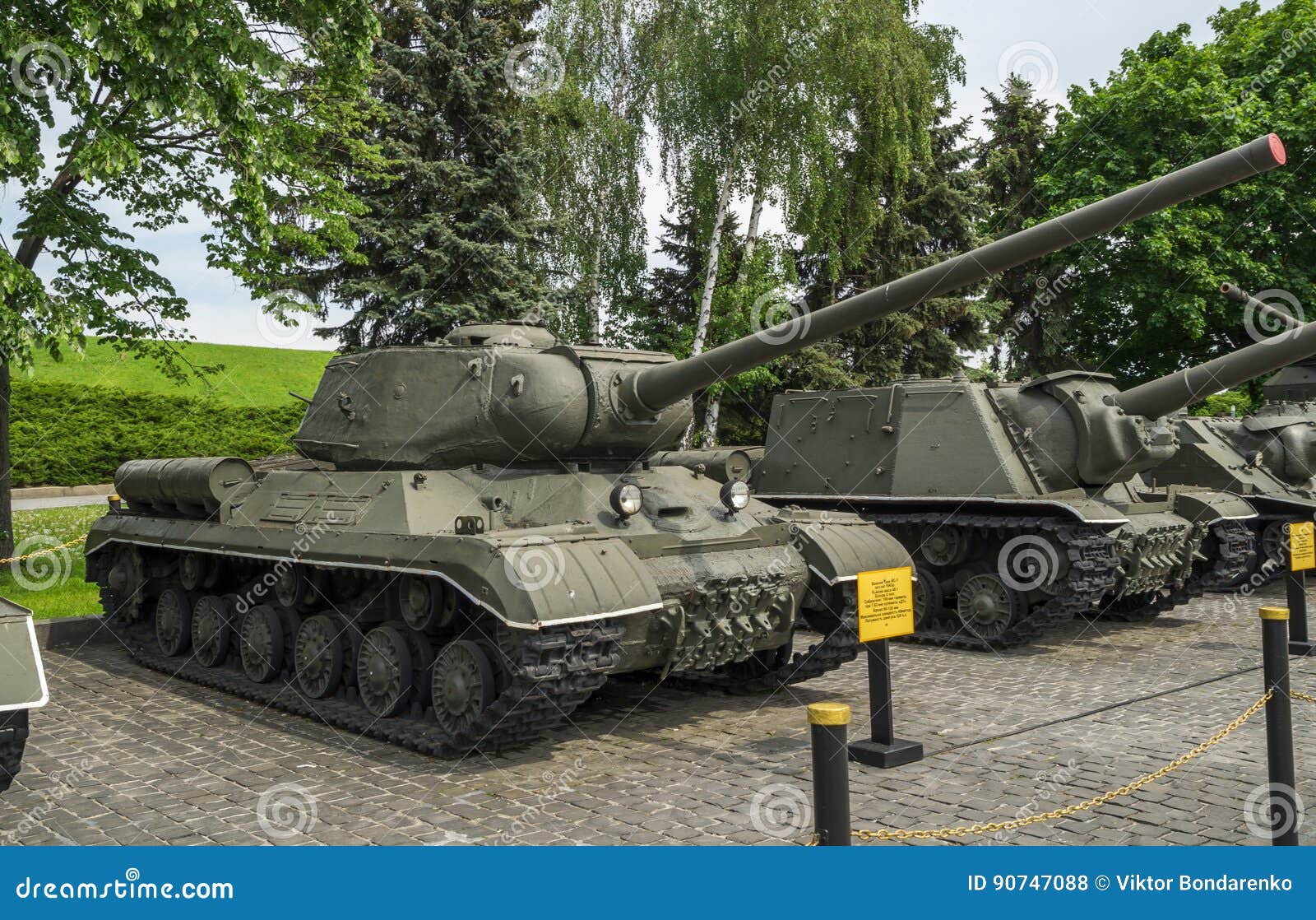
Tactical missiles replaced heavy artillery at army level, and early surface-to-air missiles (SAMs) entered the arms inventory as did the T-55 tank. The death of Stalin in 1953 opened a new period of development, a period characterized by recognition of the importance of nuclear weapons and therefore the increased importance of the opening stages of any future war. Production continued in the Soviet Union through 1981 and was also undertaken in China (as the Type 59), Czechoslovakia and Poland. Many of the T-54s were rebuilt on the T-55 design. The T-54 and T-55 so very similar as to be at first glance indistinguishable. The T-55 was introduced in 1958 and incorporates all the refinements and improvements of the fully developed T-54 series without being radically different in design or appearance. Over the course of its lifetime, 24,000 T-55 tanks were to roll off the conveyor in total. While it was outgunned by its NATO rivals in the desert encounters of the Arab-Israeli wars, in the hands of skilled commanders the T-55 became the workhorse of local conflicts in the second half of the 20th century, making its mark far and wide. Along with the T-34, the T-55 is close to being the archetypal Soviet tank because of its mass production and broad deployment over the past 60 years. Morozova in 1943, when work began on an improved version of the T-34. Development began in the Kharkiv design department under A.A. The T-54/55 were developed in the 1940s as a replacement for the aging T-34. 493-230 of May 8 and Order of the Ministry of Defense No.

Adopted by Decree of the Council of Ministers of the USSR No. Developed in the Design Bureau of Plant No.

It is a deep modernization of the T-54B tank. The most massive Soviet tank of the post-war period.


 0 kommentar(er)
0 kommentar(er)
